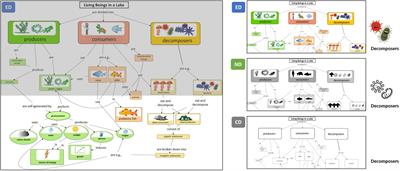EDITORIAL
Published on 05 Apr 2023
Editorial: Visual images in science education
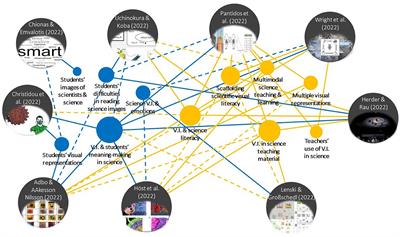
doi 10.3389/feduc.2023.1181754
- 1,036 views
- 1 citation
3,570
Total downloads
28k
Total views and downloads
You will be redirected to our submission process.
EDITORIAL
Published on 05 Apr 2023

ORIGINAL RESEARCH
Published on 29 Dec 2022
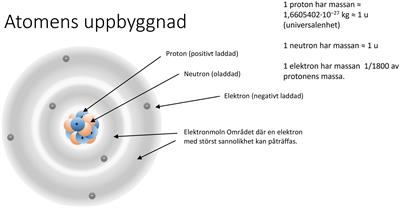
ORIGINAL RESEARCH
Published on 04 Nov 2022

ORIGINAL RESEARCH
Published on 02 Sep 2022
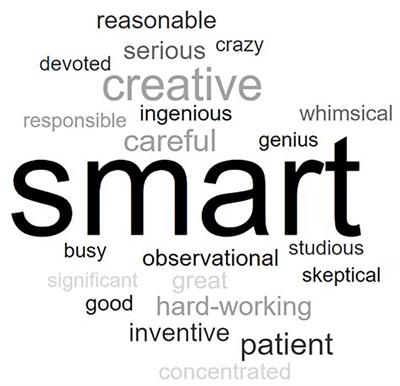
ORIGINAL RESEARCH
Published on 22 Jul 2022
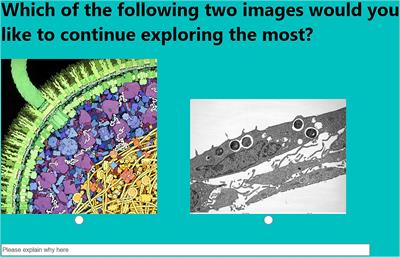
ORIGINAL RESEARCH
Published on 22 Jul 2022
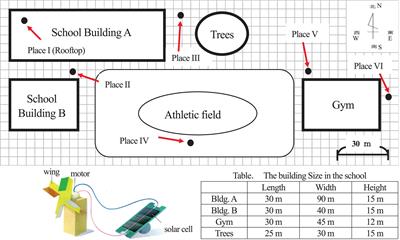
OPINION
Published on 13 Jul 2022
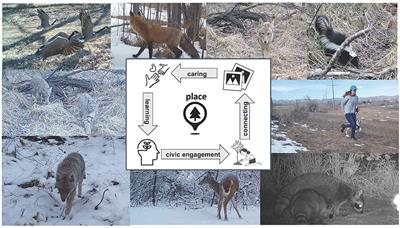
REVIEW
Published on 07 Jul 2022

ORIGINAL RESEARCH
Published on 30 Jun 2022

ORIGINAL RESEARCH
Published on 03 Mar 2022
